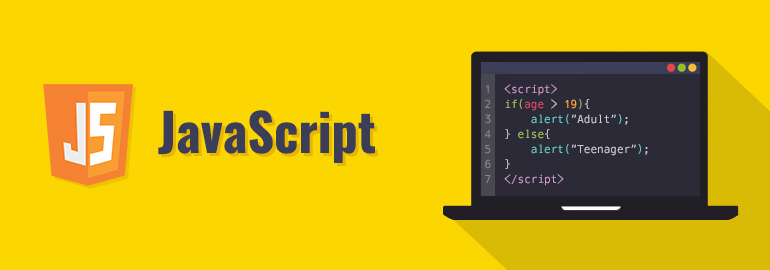The salary of a JavaScript developer can vary widely depending on factors such as their location, experience, and the specific company they work for.
In the United States, according to the job website Indeed, the average salary for a JavaScript developer is around $112,000 per year. However, salaries can range from around $60,000 for entry-level positions to over $150,000 for senior-level positions.
In other countries, the average salary for a JavaScript developer can vary widely. For example, in the United Kingdom, the average salary for a JavaScript developer is around £45,000 per year, while in India, the average salary is around 650,000 INR per year.
It's important to note that these figures are averages and can vary depending on many different factors. Additionally, these figures are subject to change over time as the job market and demand for JavaScript developers evolve.

In fact, many developers have successfully learned JavaScript through self-study and online resources. However, it does require a lot of dedication, persistence, and a well-structured learning plan.
Here are some steps that can help you learn JavaScript on your own:
-
Start with the basics: Begin with the basics of JavaScript, such as variables, data types, operators, and control structures. You can find plenty of beginner-level resources online, such as tutorials, articles, and videos.
-
Practice coding: Practice coding regularly to reinforce what you've learned. Start by writing simple scripts, and gradually increase the complexity of your code as you become more comfortable with the language.
-
Work on projects: Build small projects to apply what you've learned and to gain practical experience. Start with simple projects, such as building a calculator or a to-do list, and gradually move on to more complex projects.
-
Read documentation: Read the official documentation for JavaScript, such as the Mozilla Developer Network (MDN) documentation, to deepen your understanding of the language and to learn best practices.
-
Join a community: Join online communities, such as forums, social media groups, and developer communities, to connect with other JavaScript learners and developers. This can be a great way to ask questions, get feedback, and learn from others.
-
Follow industry trends: Keep up with the latest trends and developments in the JavaScript ecosystem, such as new frameworks, libraries, and tools. This can help you stay up to date with the latest best practices and help you understand where the language is headed.

Remember, learning JavaScript on your own can be a challenging but rewarding experience. With the right resources, dedication, and persistence, you can become a proficient JavaScript developer.
Python and JavaScript are both popular programming languages, but they have different strengths and use cases. Here are some of the main differences between the two:
-
Syntax: Python has a clean and readable syntax, making it easy for beginners to learn and use. JavaScript's syntax is more complex and can be challenging to learn for those new to programming.
-
Type System: Python is a dynamically typed language, meaning that variable types are determined at runtime. JavaScript is a loosely typed language, which means that variable types can be changed during runtime.
-
Use Cases: Python is often used for data science, machine learning, and web development, while JavaScript is primarily used for web development and creating dynamic front-end user interfaces.
-
Environment: Python can be used for server-side scripting as well as for desktop and mobile applications. JavaScript, on the other hand, is mainly used in web browsers and on the client side.
-
Libraries and Frameworks: Python has a wide variety of libraries and frameworks for various use cases, such as NumPy for scientific computing, Django for web development, and TensorFlow for machine learning. JavaScript has many popular front-end frameworks such as React, Angular, and Vue, as well as back-end frameworks such as Node.js.
-
Execution Speed: Python is generally slower than JavaScript due to its interpreted nature. However, Python has many optimization tools available that can help improve its performance.



